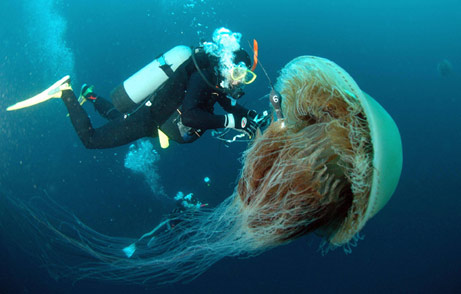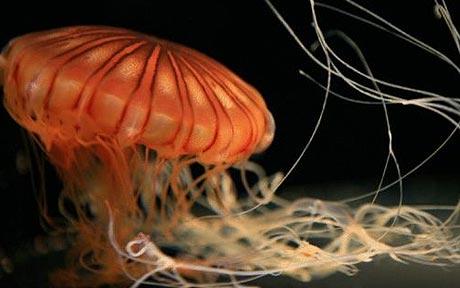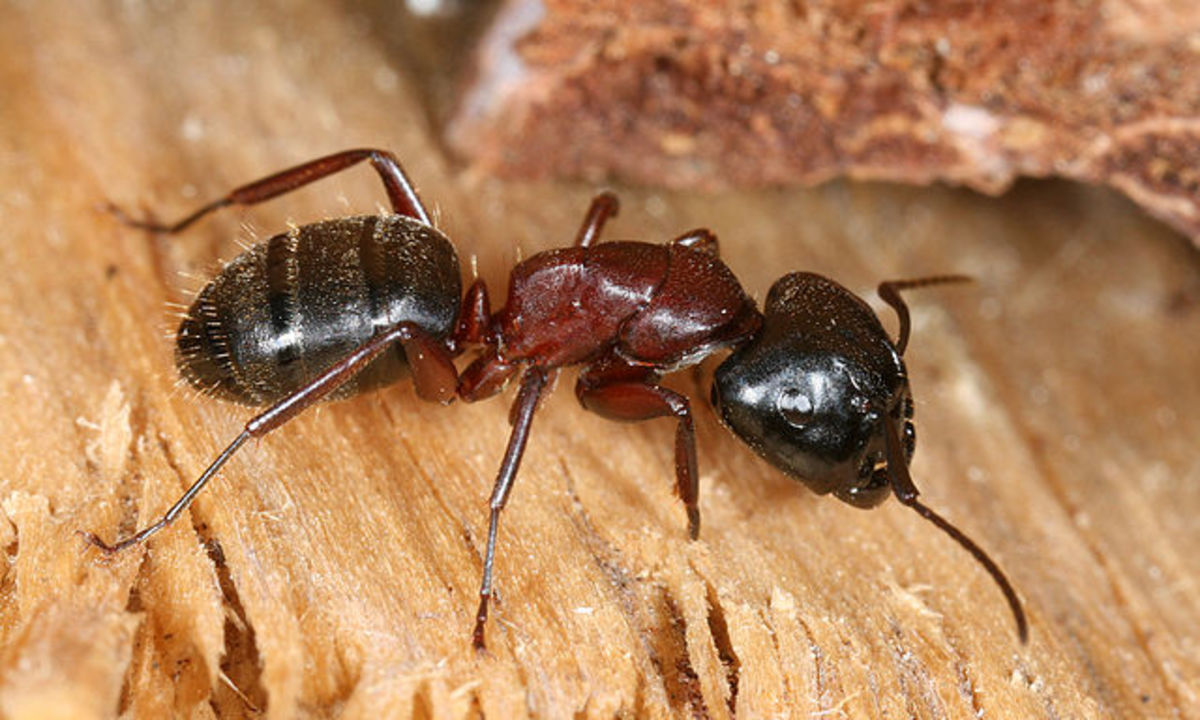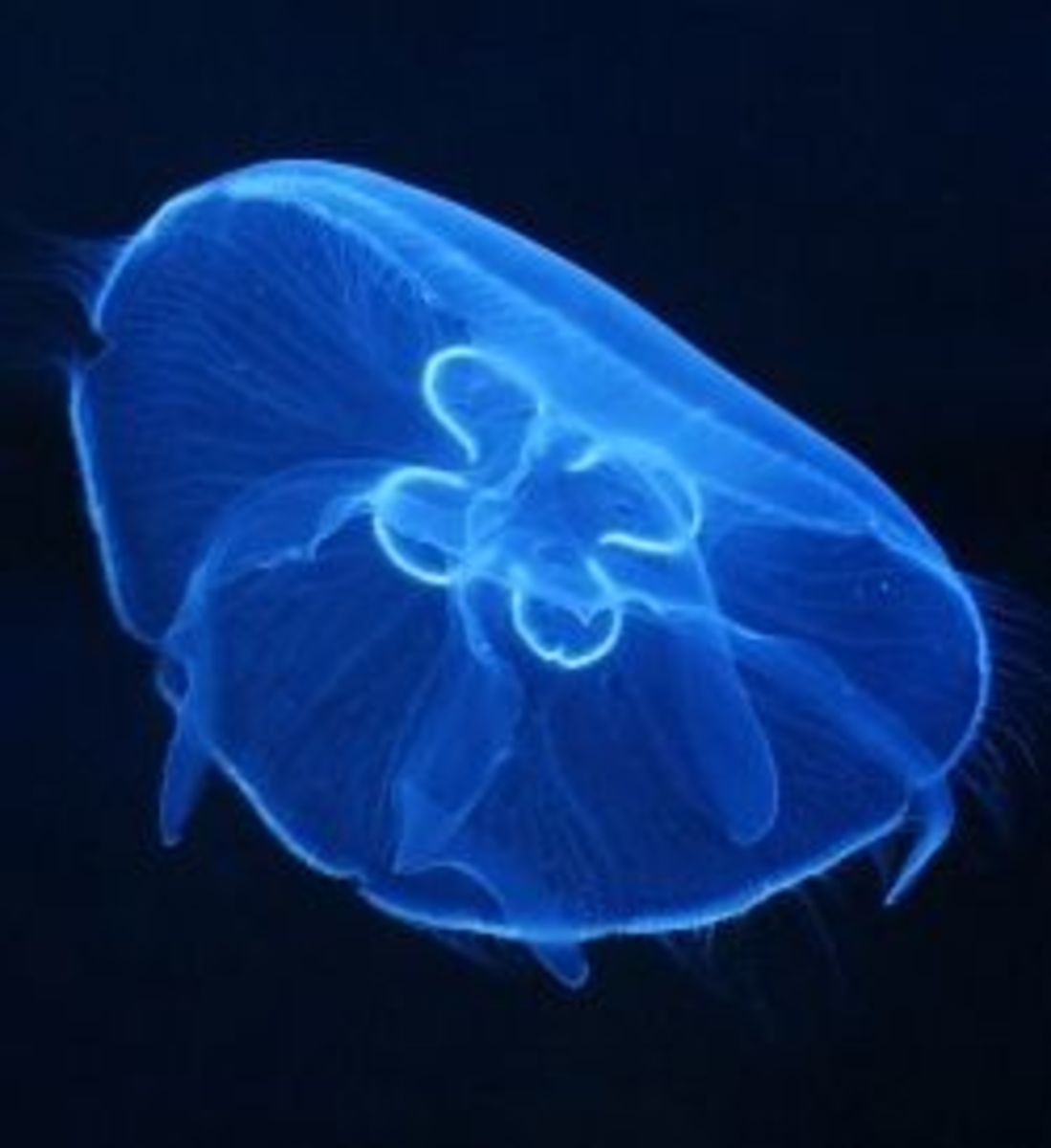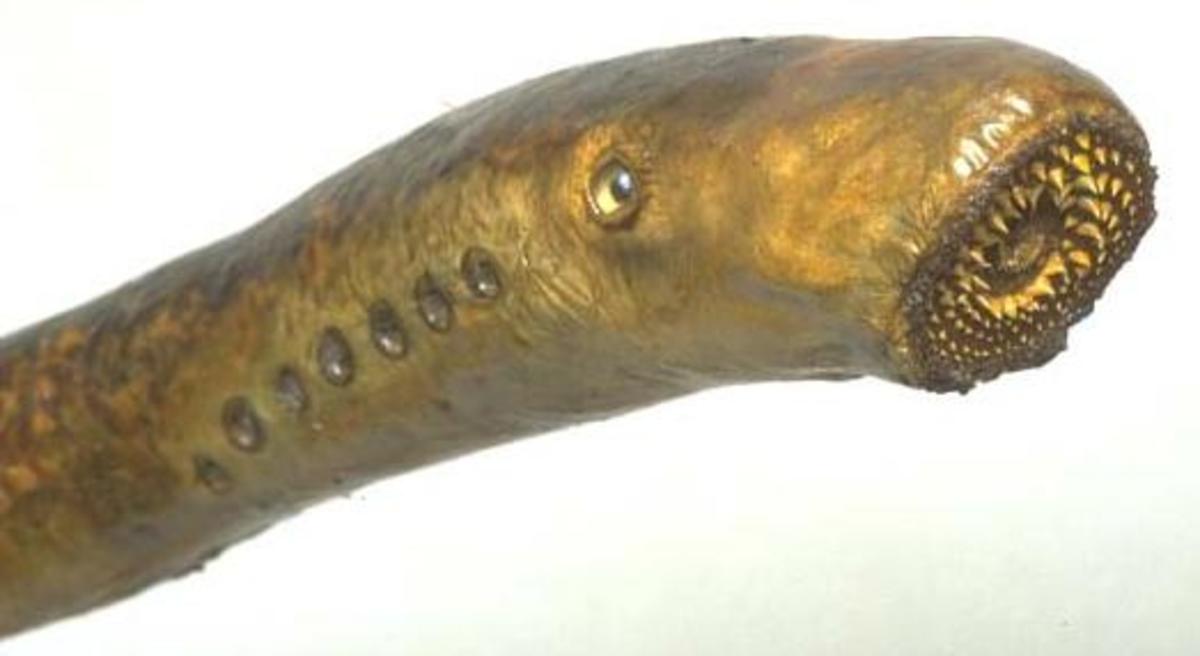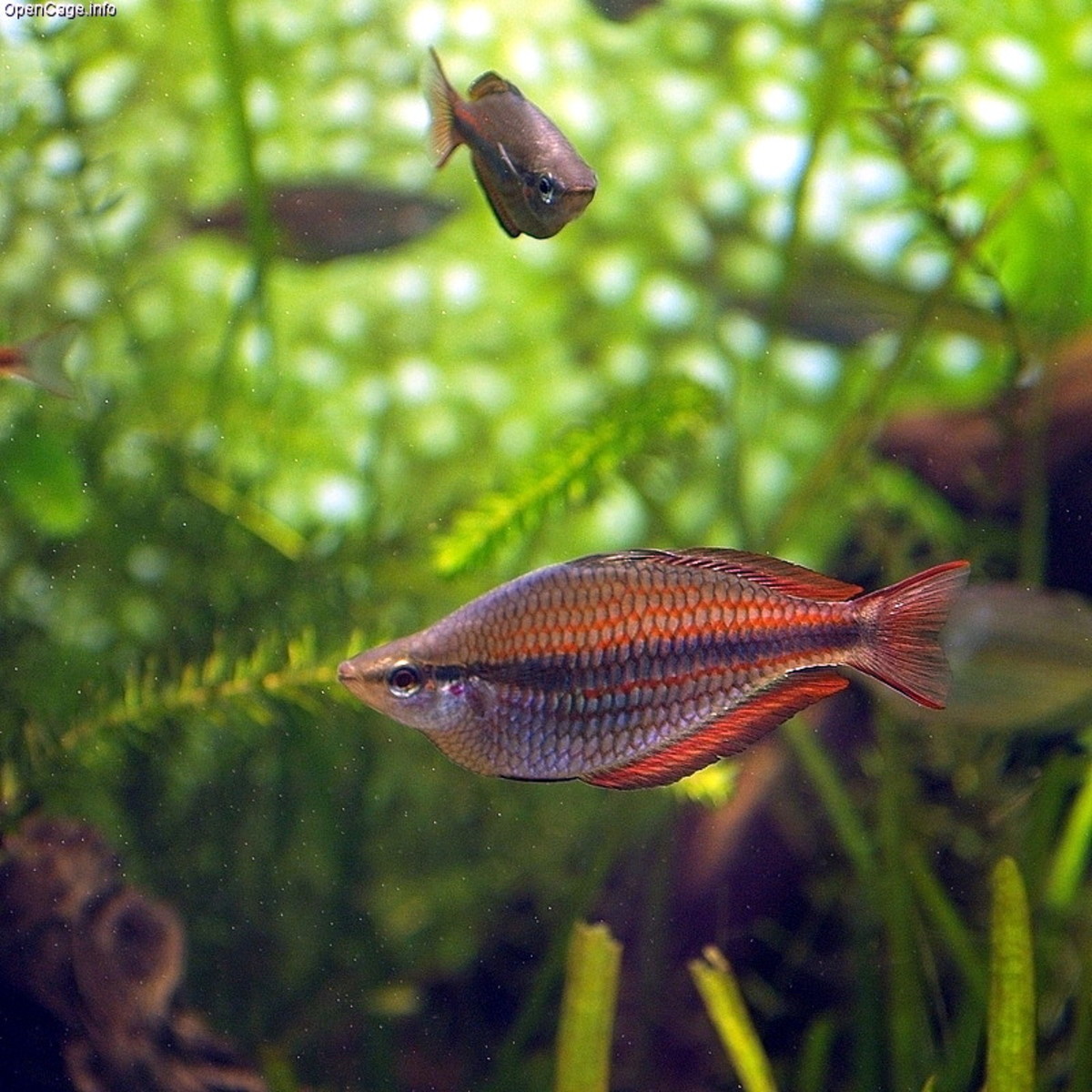- HubPages»
- Pets and Animals»
- Tropical Fish & Aquariums»
- Marine Aquarium Animals
Giant Jellyfish Invade Japan: Poetic Justice?
Bloody 'eck, Myron: Am I dreaming?
Click thumbnail to view full-size




Could this be planned by the whales?
The Lament of a Jellyfish,
“I wish I wuz a ‘uman being,
Intelligent and far-seeing.
Able to see; able to talk.
Most of all, I’d like to walk!
But all I am is a blob of jelly;
Just a mute, transparent belly.
Futureless: Ah! Woe is me;
I’m spineless and all at sea.”
(From Charged Particles).
The arrival of thousands upon thousands of giant Nomura’s Jellyfish in coastal waters off Shimane, Kyoto and Nigata in Japan, has caused consternation to all involved in fishing throughout the country. During the last invasion in 2005, the huge blobs, some 2 meters in diameter and weighing 200 kilos, destroyed nets, stung fish, making them inedible and injured fishermen.
Experts from the University of Hiroshima blame the one percent increase in sea temperatures, causing huge blooming of the species in breeding grounds near the Chinese Coast in the Yellow and East China Seas.
Little seems to be known about these formidable “Cnidarians“ (sub species, “Nemopilema Nomural“). One year Japan sees almost none, the next, thousands. Before the 1990’s, they only seemed to appear every forty years, or so, instead of every few years as is common today.
One reason may be the decline in predators, such as certain fish and, especially, sea turtles, which have declined and become threatened world-wide. The higher ambient water temperature also seems to help the creatures grow large much more quickly.
The giants are extremely efficient plankton filterers and while they are healthy, like certain humans we all know, seem to devote their whole time to eating. Only when sick or injured do they begin to breed again and produce young.
The world’s largest cnidarian is the mammoth Lion’s Mane Jellyfish and the Nomura’s are now on par with these in dimensions.
The East is buzzing with theories for the invaders huge numbers and frequency of return in recent years, one or all of which may be relevant. They include pollution in Chinese waters from intensive farming and industry, the damming of Chinese rivers and - the fall back excuse for so much of today’s environmental and ecological problems, Global Warming.
The jelly fish seem to be very efficient regarding their defence as a species against interference from man or predator. When attacked, they release voluminous clouds of eggs and/or sperm, which attaches to coral, rocks and coastal infrastructure, providing a ready-made breeding ground. When conditions are propitious, these rise from all the surfaces as another invasion of rapacious jellyfish and the circle is complete.
In the last serious invasion of 2005, divers attached tracking devices to the giants in the hope of following their movements and assessing their habits - a hair-raising experience for the divers to say the least. Imaging having to swim into that writhing mass of stinging tentacles and trying to find somewhere to attach your transmitting device. (see picture). Although most jellyfish attacks on man would seem to be of the passive kind, i.e. a swimmer runs into the creature, but reports of fatalities from Nomura stings are on record. And should we forget how lethal jellyfish can be, we may read about Australia’s infamous box jellyfish, and the seriousness of their sting, said to be the most agonizing experience on earth, for those who live to tell the tale.
So far, fishermen have been scratching their heads in Japan as to what to do with the jellyfish once they have been scooped-up. So far, they have been made into fertilizer, fed to crabs and sold as salty little novelty snacks! No, thanks! I don’t mind a bit of hot sauce but a 50 kilowatt sting on the tongue? The Japanese, though, seem to like taking a bit of a risk with the eating of lethal creatures, they prepare and eat “Botete,” the virulent scorpion-type fish. Several people die every year due to the poison not being properly neutralized.
And can’t you see a sort of poetic justice at work here? Japan is one of only a couple of nations still killing whales. And they have intruded on many nations, including Mexico, paying huge bribes and denuding local fish, (They nearly turned the Sea of Cortez into another Dead Sea, empty of food fish).
Notes:
Jellyfish should be called something else, like Sea Jellies, because they are not fish, and even this would be inaccurate, because small, non-stinging species are also found in fresh water. They are found in all the world’s oceans and are at one with their environment, being 90% water and able to drift with the currents, propelling themselves as necessary to feed and avoid predation, etc. They have no brains or other organs familiar to us, but a network of nerves found in the epidermis replaces this. A few species do have eyes but most are blind and reply on sensory input from their nerve network.
Many predators enjoy jellyfish on the menu. This includes tuna, some sharks, swordfish several species of salmon and sea turtles (see picture). They live from a few hours to about 30 years, depending on species. One species, indeed, seems to have discovered immortality as it changes back to the juvenile state upon reaching the end of its mature period. (medusa to polyp).
Several species are prepared for the table or as snacks, usually by specialist chefs, like Japan’s “jelly masters.”
One tiny species, the IRUKANDJI, named for a race occupying North West Australia may be the world’s most venomous creature. Related to the deadly box jellies mentioned herein, this finger-nail-sized mite has caused the death of several swimmers and more may have died without returning to shore. It does not cause the immediate agony of the sea wasp and the blue bottle but it’s venom killls over several hours or days and there is no antivenin once the victim is stung. Many people refuse to swim in Northern Australian waters because of the horror and fear of these harmless looking creatures than can kill so blindly and effectively.

